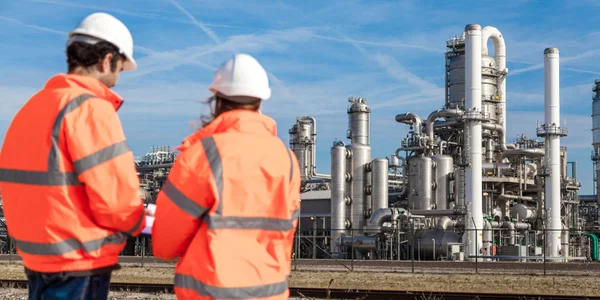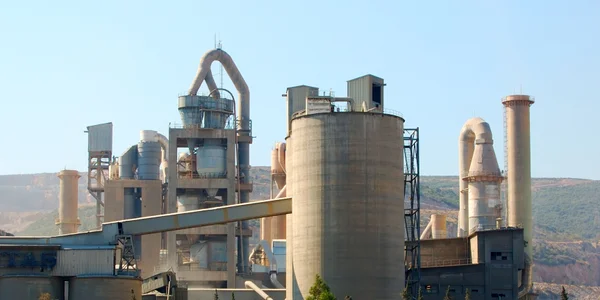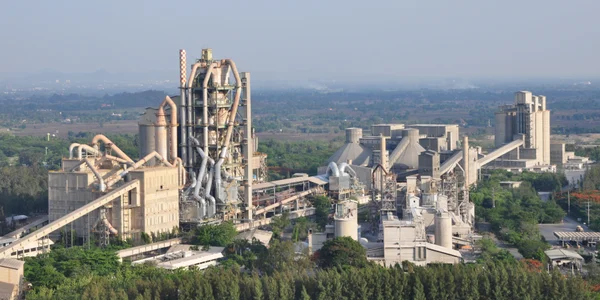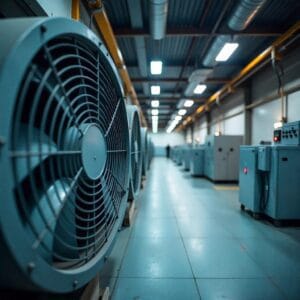Standorte
HAUPTSITZ

Deutschland
- Intensivfilter Himenviro Technologies GmbH
Neustraße 45 - 49, 42553, Velbert, Deutschland/Deutschland - +49 20534200990
REGIONALBÜRO

Großbritannien
- Intensivfilter Himenviro UK Limited
47, Bath Street WS13BX, Wallsall West Midlands, Großbritannien - +44 1922 628893
REGIONALBÜRO

Vereinigte Arabische Emirate
- Intensivfilter Himenviro Technologies FZE – LLC
Geschäftszentrum, Sharjah Publishing City Free Zone, Sharjah, Vereinigte Arabische Emirate - +971-556074697
REGIONALBÜRO

Indien
- Intensiv-Filter Himenviro Private Limited
D-247/11, Sector-63, Noida – 201301, Uttar Pradesh, Indien - +91-120-4642-500
REGIONALBÜRO

Indien
- Intensiv-Filter Himenviro Private Limited
D-247/11, Sector-63, Noida – 201301, Uttar Pradesh, Indien - +91-120-4642-500
REGIONALBÜRO

Indien
- Intensiv-Filter Himenviro Private Limited
D-247/11, Sector-63, Noida – 201301, Uttar Pradesh, Indien - +91-120-4642-500
Luft- und Staubfilterlösungen für Stahl und Metall
Die Stahl- und Metallindustrie erzeugt hohe Konzentrationen an Luftschadstoffen wie Feinstaub, Metallpartikeln und Dämpfen. Unkontrollierte Schadstoffe können zu Umweltverschmutzung, Gesundheitsrisiken für die Mitarbeiter und Anlagenschäden führen. Unsere Luft- und Staubfiltersysteme sind auf diese anspruchsvollen Umgebungen zugeschnitten und erfassen Emissionen aus Schmelz-, Gieß- und Veredelungsprozessen. Unsere Lösungen sind auf hohe Temperaturen und Partikelbelastungen ausgelegt. Sie verbessern die Luftqualität, tragen zur Einhaltung gesetzlicher Vorschriften bei, schützen das Wohlbefinden der Mitarbeiter und sorgen so für eine sauberere und sicherere Produktionsumgebung.
Staubfiltrationsprozess in der Stahl- und Metallindustrie
Der Lichtbogenofen wird zur Herstellung von Baustählen, Edelstählen und rostfreie StähleDarüber hinaus wird es zur Herstellung von Karbiden und synthetischen Kristallen verwendet.
Entstaubungsanlagen für Lichtbogenöfen saugen die primären Abgase des Lichtbogenofens sowie die beim Schmelzen, Abgießen oder beim Beschicken und Entschlacken entstehenden sekundären Abgase vollständig ab und reinigen sie. Die im Pfannenofen, bei der Materialhandhabung und in weiteren angeschlossenen Anlagen entstehenden Abgase werden abgesaugt und behandelt.

Filter für Dachhaube
Filter für EAF
- 1. Dachhaube
- 2. Filter für Dachhaube
- 3. Ventilator
- 4. Schornstein
- 5. Lichtbogenofen
- 6. Wassergekühlte Schläuche
- 7. Wärmetauscher
- 8. Filter für EAF
- 9. Ventilator
- 10. Konverter
Erforderliche Spezifikationen
Filtertitel PJM
Typische Auslegungsdaten | Dachhaube |
|---|---|
Gasvolumen | 1,000,000 |
Gastemperatur | 80 |
Staubart | Verbrennungsrückstände aus Eisenoxiden |
Reststaubgehalt | < 10 |
Rohgasstaubgehalt | < 5 |
Reinigung | online / offline |
Filtermedium | Polyester |
Explosionsgeschützte Ausführung | nicht notwendig |
Sorptionsmittel | nicht notwendig |
Filtertitel PJM
Typische Auslegungsdaten | Lichtbogenofen |
|---|---|
Gasvolumen | 120,000 |
Gastemperatur | 120 |
Staubart | Verbrennungsrückstände aus Eisenoxiden |
Reststaubgehalt | < 10 |
Rohgasstaubgehalt | < 5 – 10 |
Reinigung | online / offline |
Filtermedium | Polyester |
Explosionsgeschützte Ausführung | nicht notwendig |
Sorptionsmittel | nicht notwendig |
Anwendungen zur Staubkontrolle in Stahl und Metall
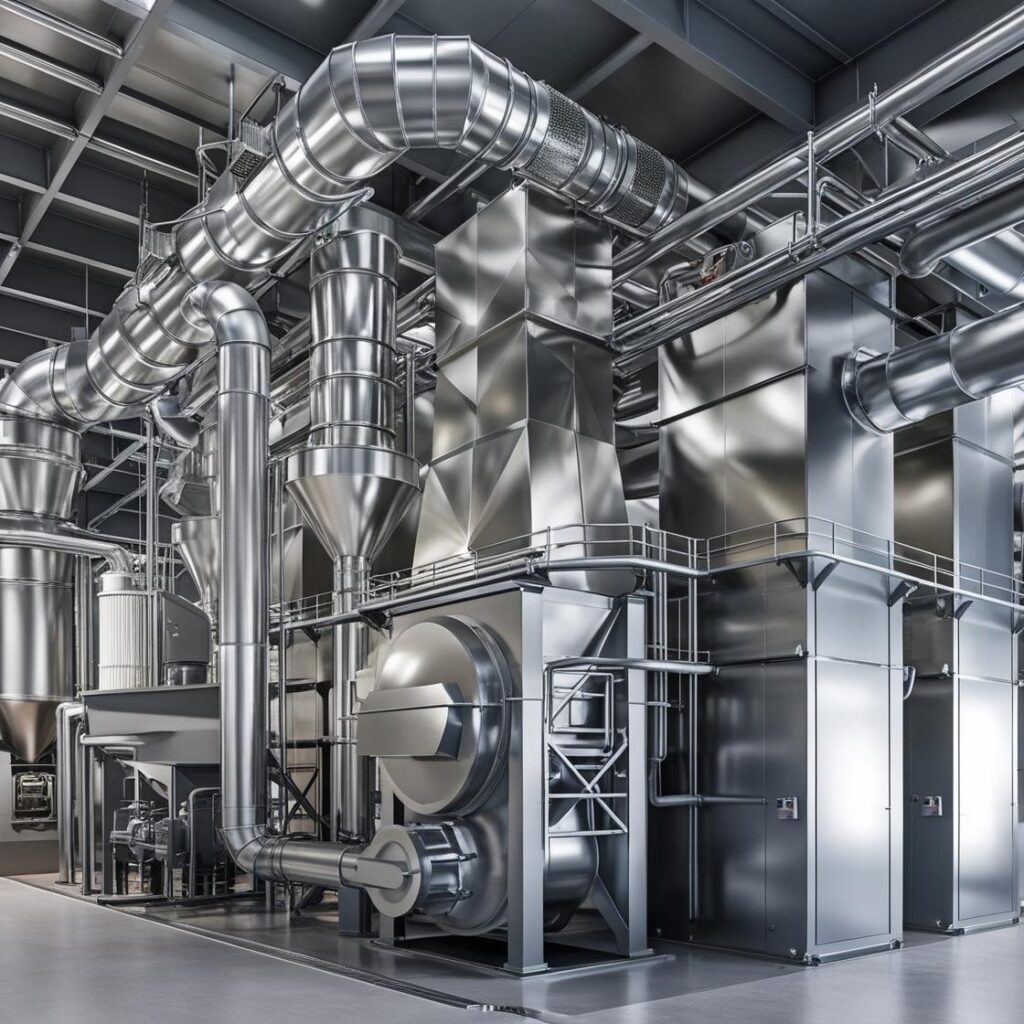
Kontrolliert Staub und Dämpfe, die beim Schmelzen und Schmelzen freigesetzt werden, und fängt gefährliche Partikel ein, die in Hochtemperaturöfen entstehen.

Reduziert die Emissionen aus Gießvorgängen, indem es in der Luft schwebende Partikel und Metalldämpfe auffängt, die die Luftqualität beeinträchtigen können.

Entfernt feinen Staub und Metallspäne, die beim Schleifen und Polieren entstehen, und verhindert so, dass Verunreinigungen die Produktqualität und die Sicherheit der Arbeiter beeinträchtigen.
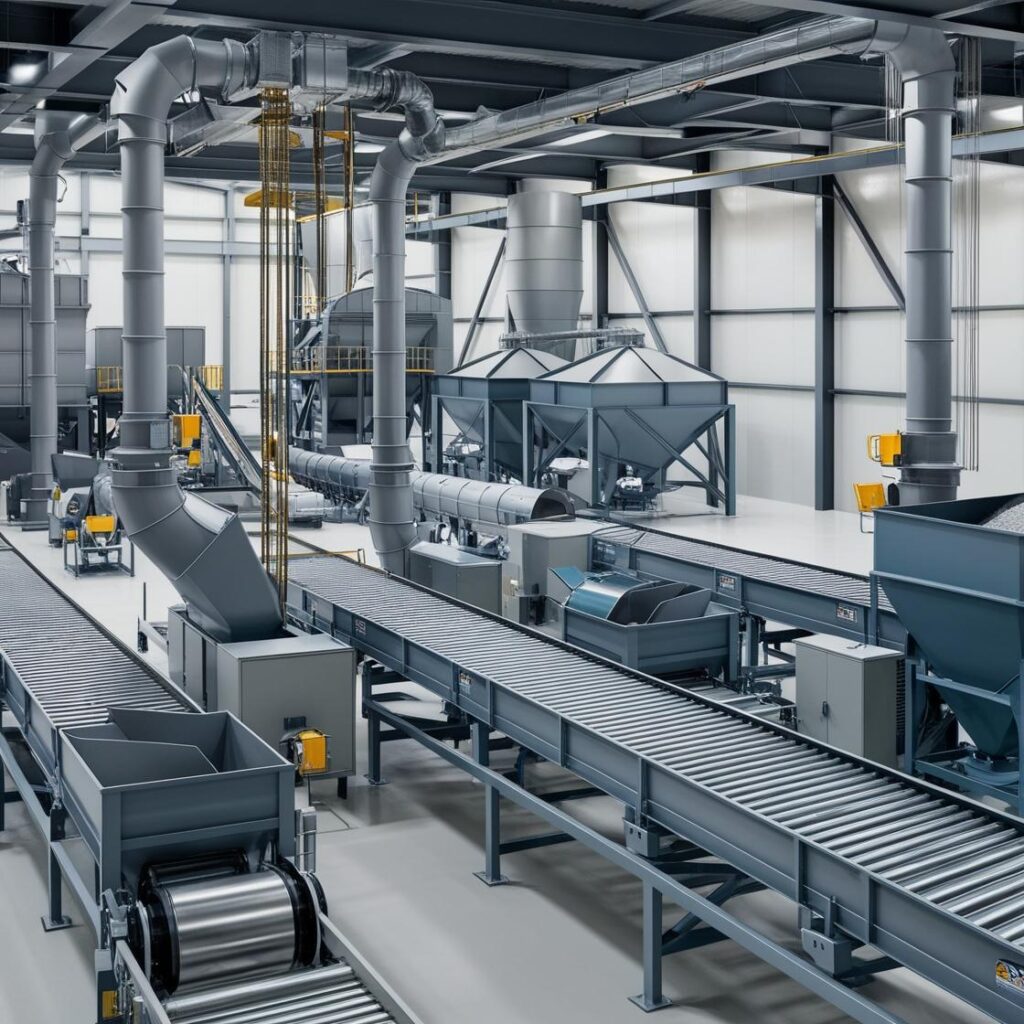
Kontrolliert den Staub, der bei der Handhabung, dem Transport und der Lagerung von Materialien entsteht, und minimiert die Partikelfreisetzung in die Arbeitsumgebung.
Regulierungsrahmen für die Staubkontrolle |
|---|
Einhaltung von Luftqualitätsstandards |
Einhaltung der Gesundheits- und Sicherheitsvorschriften für Arbeitnehmer |
Brand- und Explosionsschutz |
Einhaltung des Umweltschutzes |
Emissionsüberwachung in Echtzeit |
Hitzebeständigkeit |
Reduzierte Wartungs- und Ausfallzeiten |
Produktqualitätssicherung |
Niedrigere Betriebskosten |
Herausforderungen bei der Staubkontrolle |
|---|
Hohe Staub- und Rauchwerte |
Gesundheitsrisiken für Arbeitnehmer durch Metallpartikel |
Strenge Umweltvorschriften |
Brand- und Explosionsgefahren |
Kontamination von Endprodukten |
Abrieb durch Staub an der Ausrüstung |
Anforderungen an die Temperaturtoleranz |
Umgang mit großen Staubsammelmengen |
Minimierung wartungsbedingter Ausfallzeiten |
Wichtige Überlegungen zur effektiven Staubkontrolle |
|---|
Gezielte Erfassung an Emissionspunkten |
Haltbarkeit bei hohen Temperaturen |
Optimierte Luftstrom- und Druckregelung |
Hitzebeständige Filtermaterialien |
Regelmäßige Wartungsprotokolle |
Konformität mit Industriestandards |
Flexible, kundenspezifische Lösungen |
Risikominderung bei Verbrennungsgefahren |
Spezielle Systeme für verschiedene Produktionsphasen |
Kontaktieren Sie uns für eine Expertenberatung
Entdecken Sie unsere anderen Dienstleistungen!
Häufig gestellte Fragen
In der Stahl- und Metallverarbeitung kommen häufig Filtersysteme wie Schlauchfilter, Elektrofilter (ESP), Nasswäscher und Zyklonabscheider zum Einsatz. Schlauchfilter fangen Staubpartikel mit Gewebebeuteln auf, während Elektrofilter Partikel durch elektrische Ladung aus Abgasen entfernen. Nasswäscher entfernen Schadstoffe durch die Zufuhr einer Waschflüssigkeit, und Zyklonabscheider nutzen die Zentrifugalkraft, um Staub aus Gasströmen zu trennen. Die Wahl des richtigen Systems hängt von Faktoren wie Partikelgröße, Gastemperatur und spezifischen Prozessanforderungen ab.
Filtersysteme verbessern die Luftqualität, indem sie Partikel und Schadstoffe, die bei der Metallverarbeitung entstehen, effektiv erfassen und entfernen. Durch die Reduzierung der Emissionen tragen diese Systeme dazu bei, dass Betriebe Umweltvorschriften und -standards einhalten, ihre Umweltbelastung minimieren und für mehr Sicherheit am Arbeitsplatz sorgen.
Elektrofilter bieten eine hohe Effizienz bei der Entfernung von Feinstaub und erreichen einen Wirkungsgrad von bis zu 99%. Dies ist besonders in der Stahlherstellung von Vorteil, da die Rauchgasemissionen häufig Feinstaubpartikel enthalten. Sie können große Gasmengen verarbeiten und arbeiten auch bei hohen Temperaturen effizient. Darüber hinaus weisen Elektrofilter relativ geringe Druckverluste auf, was zu einem geringeren Energieverbrauch im Betrieb führt.

